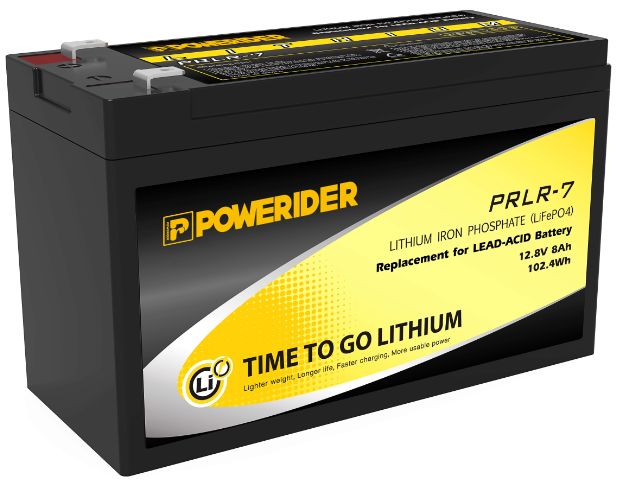
Privacy statement: Your privacy is very important to Us. Our company promises not to disclose your personal information to any external company with out your explicit permission.
There are three reasons: First, the copper-aluminium foil has good conductivity, soft texture and cheap price. As we all know, the working principle of Lithium Batteries is an electrochemical device that converts chemical energy into electrical energy, so in this process we need a medium to transfer the electrical energy converted from chemical energy, here we need conductive materials. In ordinary materials, metal materials are the best materials for electrical conductivity, and in metal materials, the price is cheap and the conductivity is good: copper foil and aluminium foil. At the same time, in lithium batteries, we mainly have two processing methods: winding and laminating. Relative to the winding, the electrode sheet used for the preparation of the battery must have a certain softness to ensure that the electrode sheet in the winding will not cause brittleness and other problems, and the metal material, copper aluminium foil is also a soft metal. Finally, consider the cost of battery preparation, relatively speaking, the price of copper aluminium foil is relatively cheap, and the world's copper and aluminium resources are rich. Second, the copper-aluminium foil is also relatively stable in air. Aluminium is easy to chemically react with oxygen in the air, forming a dense oxide film on the surface layer of aluminium to prevent further reaction of aluminium, and this thin oxide film also has a certain protective effect on aluminium in the electrolyte. Copper itself is relatively stable in air and does not generally react in dry air. Thirdly, the positive and negative potentials of lithium batteries determine the positive electrode with aluminium foil and the negative electrode with copper foil, not the other way round. The positive electrode potential is high, and the copper foil is easily oxidized at high potential, while the oxidation potential of aluminium is high, and the surface layer of aluminium foil has a dense oxide film, which also has a good protective effect on the internal aluminium. For lithium-ion batteries, the positive collector fluid is usually aluminium foil and the negative collector fluid is copper foil, and to ensure the stability of the collector fluid in the battery, the purity of both is required to be over 98%. With the continuous development of lithium technology, whether it is used for lithium batteries of digital products or batteries of electric vehicles, we all hope that the energy density of the battery is as high as possible, the weight of the battery is getting lighter and lighter, and the most important thing in the fluid collection is to reduce the thickness and weight of the fluid collection, and intuitively reduce the volume and weight of the battery. Copper-Aluminium Foil Thickness Requirements for Lithium Batteries With the rapid development of lithium batteries in recent years, the development of fluid collectors for lithium batteries has also been rapid. The positive aluminium foil has been reduced from 16um in previous years to 14um and then to 12um, and now many battery manufacturers have mass-produced 10um and even 8um aluminium foils. The negative copper foil, due to the good flexibility of copper foil, its thickness is reduced from the previous 12um to 10um, and then to 8um, so far a large number of battery manufacturers use 6um in mass production, and some manufacturers are developing 5um/4um is possible to use. Since the Lithium Battery has high purity requirements for the copper-aluminium foil used, the density of the material is basically at the same level, and with the reduction of the development thickness, the surface density is also correspondingly reduced, and the weight of the battery naturally becomes smaller and smaller, which meets our requirements for lithium batteries. Copper-Aluminium Foil Surface Roughness Requirements for Lithium Batteries For the fluid collector, in addition to its thickness and weight having an impact on the lithium battery, the surface performance of the fluid collector also has a greater impact on the production and performance of the battery. In particular, due to the shortcomings of the preparation technology, the copper foils on the market are mainly single-sided wool, double-sided wool and double-sided coarse-coated varieties. The asymmetric structure of the two sides leads to asymmetric contact resistance of the coating on both sides of the negative electrode, so that the negative capacity of both sides cannot be released evenly. At the same time, the asymmetry of both sides also causes the adhesion strength of the negative coating to be uneven, and the charge-discharge cycle life of the negative coating on both sides is seriously unbalanced, accelerating the degradation of battery capacity. 

Privacy statement: Your privacy is very important to Us. Our company promises not to disclose your personal information to any external company with out your explicit permission.

Fill in more information so that we can get in touch with you faster
Privacy statement: Your privacy is very important to Us. Our company promises not to disclose your personal information to any external company with out your explicit permission.